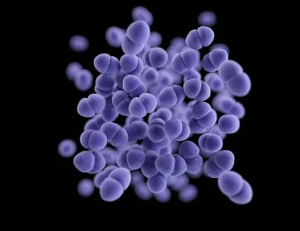Antimicrobial Coatings

Antimicrobial coatings are being used on a generous scale, in many ranges of application, varying from anti-fouling paints, coatings used in hospitals and on medical equipment, to algaecidal and fungicidal coatings in and around the house. Until now, coatings with added toxins are being used for these purposes. A growing problem in our world is that on the one hand, for reasons of health and environment, more and more biocides are being prohibited, while on the other hand bacteria are becoming more resistant. Good example is the growing problems with a.o. MRSA bacteria in hospitals
With the technology which has been developed by Antimicrobial coatings, antimicrobial coatings (i.e. paints with anti-bacterial, anti-algae and/or anti-fungal effects) can be produced without the use of recently used “slow release biocides” (toxics)
The Antimicrobial coatings technology operates completely differently: not chemical or toxic, but mechanical. By using a double polymerization process, an anti-microbial binding agent (medium, the main ingredient of any coating) is fabricated. This binding agent has a very special property, creating a kind of “nanotechnological barbwire” surface, during the curing process. When a microbe (or any micro-organism) gets in touch with this surface, its cell wall will be punctured like a balloon, so the microbe will die
By analogy with a mouse trap, instead of a mouse poison, the Anti microbial Technology works like a kind of microbe trap on a nano scale. Apart from being completely safe for man and environment, this mechanical action has another big advantage: microbes will not become resistant to this kind of control; a phenomenon which appears to become a growing problem, for instance with the notorious MRSA infection in hospitals.
